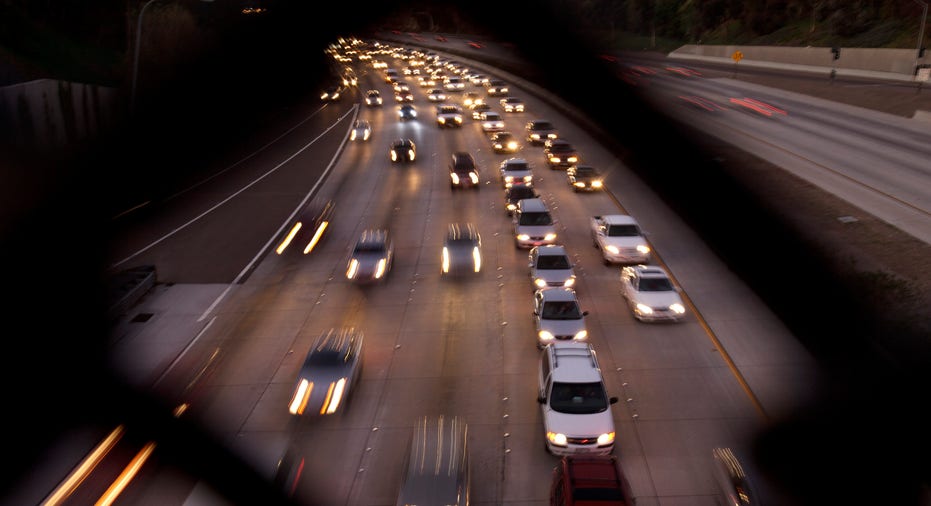The Best and Worst Vehicles for Preventing Passenger Injuries

If you're looking for a safe vehicle for your family, you need to know only one thing: Go big.
Even though small cars can score decently in crash tests, sheer size ultimately will protect your passengers from injuries.
“If safety is a priority, you should avoid the smallest cars,” advises Russ Rader, spokesperson for the Insurance Institute for Highway Safety (IIHS).
“The laws of physics are always in play in crashes,” explains Rader. “Weight counts. Smaller, lighter cars are safer than they used to be, but all things being equal, people riding in bigger, heavier vehicles get more protection in crashes.”
In a head-on crash, the vehicle that is heavier will drive the lighter one backward, increasing crash forces for the people in the lighter car and reducing forces for those in the heavier one, says Rader. “Smaller cars also have less crush space in front to manage the energy of a crash and help 'cushion' the occupants as the vehicle comes to a stop.”
Higher insurance claims for injuries will be reflected in auto insurance rates.
To provide a window into the best and worst cars for bodily injury, Insure.com analyzed insurance rates for Personal Injury Protection (PIP) and Medical Payments (MedPay) - coverage that pays for injuries to your passengers in a crash. Using insurance rates for more than 750 vehicles in our annual car insurance comparison study, we identified the vehicles with the lowest and highest costs for PIP and MedPay coverage.
The verdict: Purchasing a vehicle like a big GMC pickup or SUV will buy you safety. Or spring for a Porsche Cayenne.
The original article can be found at Insure.com:The best and worst vehicles for preventing passenger injuries